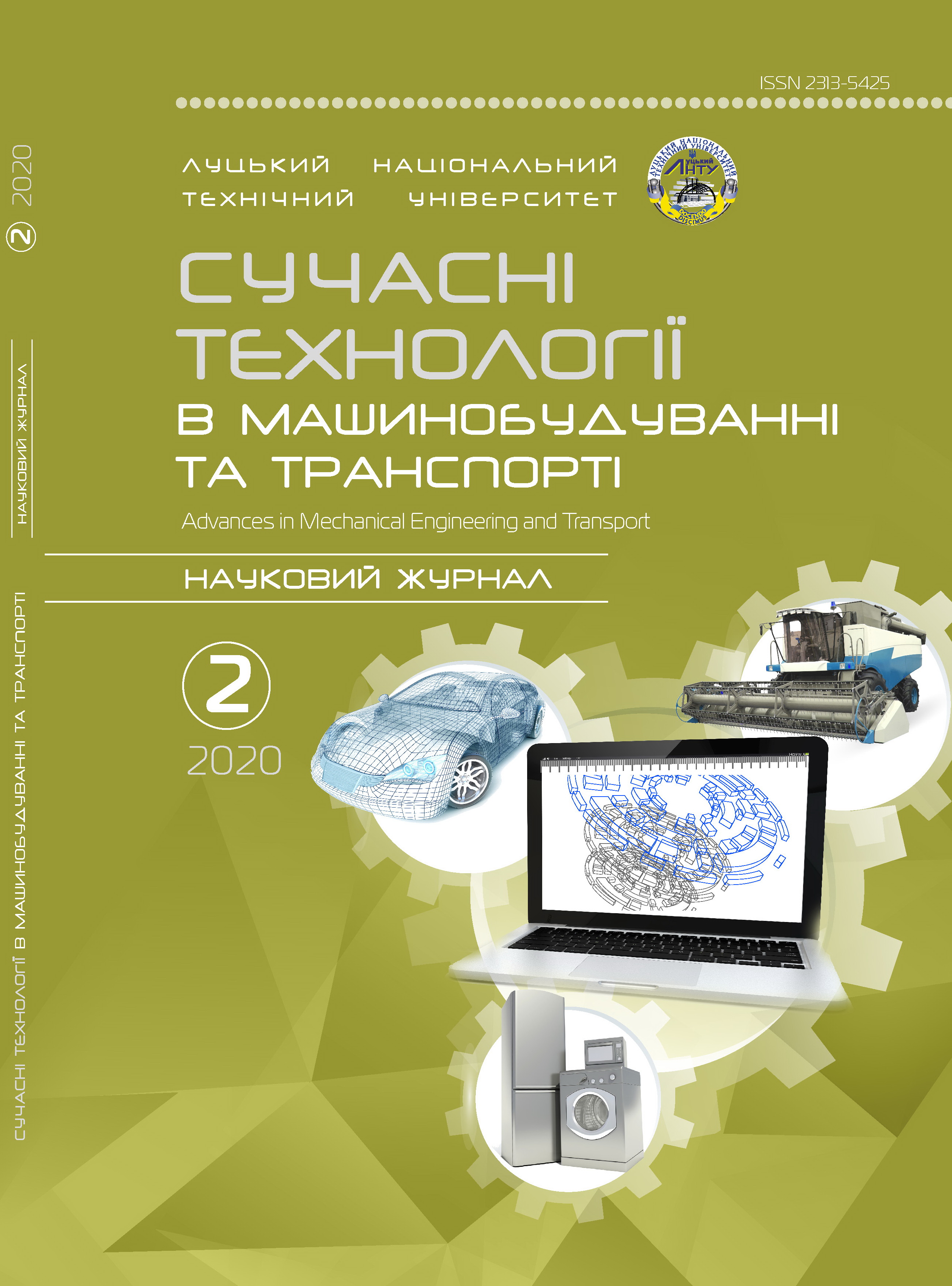Features of demand formation in the modeling of grain supply chains
Abstract
Intensive development of the agricultural sector of Ukraine in recent years has led to changes in the logistics of grain crops. Demand for grain and related activities forms the demand for its transportation. It is necessary to assess the demand for agricultural transportation for the analysis of transport policy and decision-making on the economic activity of carriers.
The article considers the peculiarities of the formation of demand in the models of transportation of grain crops by domestic scientists.
The simulation model allows to determine the parameters of the car fleet to study the demand for transportation of agricultural goods, based on the assessment of applications for transportation, which can be used at the stage of transportation "individual agriculture-elevator".
The artificial neural network model provides an opportunity to rationalize management decisions and promote the intellectualization of supply chain logistics in order to minimize operating costs for cargo transportation. That is, plan and immediately perform distribution depending on the demand for cargo. This model takes into account such parameters as seasonality or uneven traffic, traffic and railway infrastructure. It will be especially expedient to use this model at the stage of transportation "elevator-linear elevator / sea terminal" with the involvement of railway transport.
The peculiarity of the fuzzy control model is that the input parameters are described not by a quantitative value, but by a certain term set. At the same time, quantitative characteristics are presented vaguely and in the form of linguistic variables.
Researching the demand for freight will increase efficiency at different stages of delivery. Each of these models has a special approach to the study of demand and forecasting of transportation in the agricultural sector. However, the creation of a unified model for forecasting the demand for transportation will help streamline management decisions and minimize costs at each stage of transportation of cereals, which contributes to further research.




